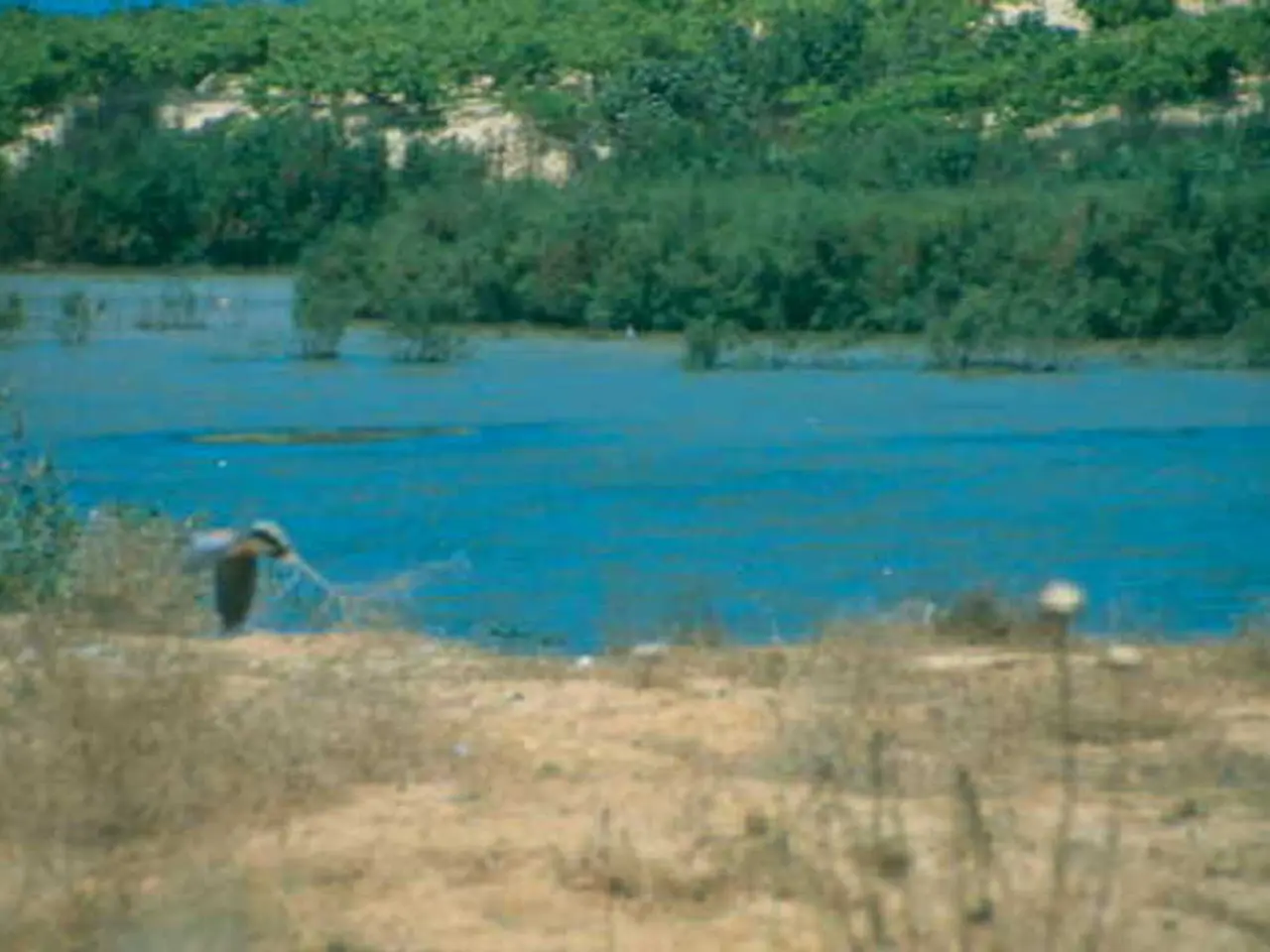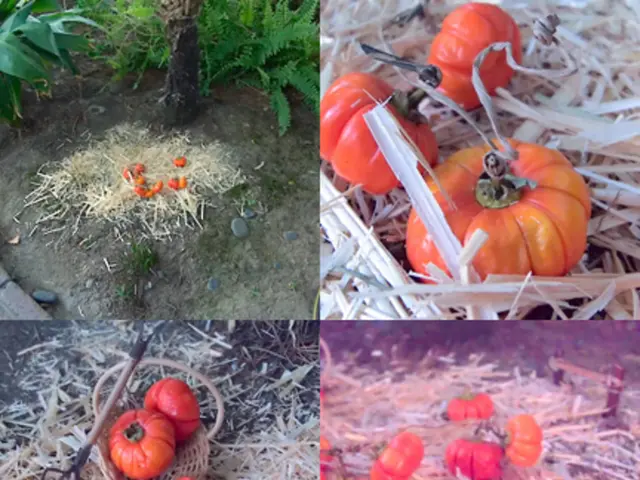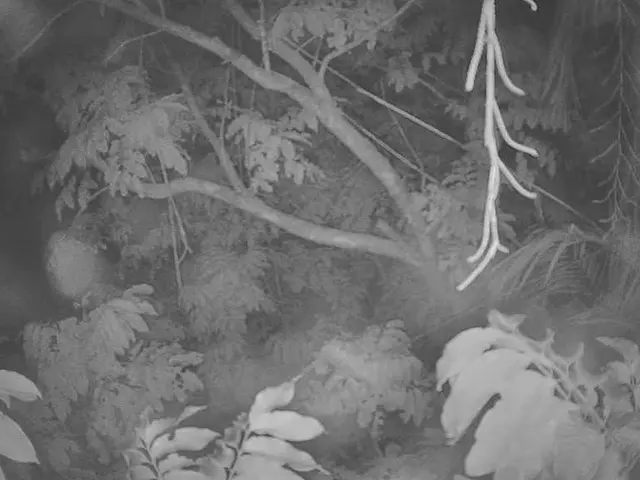Affordable Water-Saving Landscaping Strategies that Reduce Costs and Water Consumption
In an era where water conservation is increasingly important, homeowners and garden enthusiasts can make a significant impact by adopting drought-tolerant landscaping practices. This approach not only saves money but also contributes to environmental health, reducing water usage globally.
One key strategy is to incorporate native plants into your garden. Plants like yucca, verbena, lavender, sedum, and American Elm, Crape Myrtle, Catalpa, and Redbud are naturally adapted to local climates and require less water. They are also more resistant to pests and diseases, making them ideal for sustainable gardens. For ground covers, consider options like mondo grass, lily turf, creeping sedum, ice plant, and periwinkle, which require little maintenance.
Efficient irrigation systems play a crucial role in water conservation. Drip irrigation, for instance, delivers water directly to plant roots, reducing evaporation and runoff. Although the initial installation cost ranges from $310 to $815, it can be more cost-effective over time. Additionally, using mulch to retain moisture in the soil is an effective way to reduce the need for frequent watering. Organic mulch like lawn clippings, leaves, and compost is not only locally sourced but also effective.
When it comes to mulch selection, opt for durable materials like hardwood chips, pea gravel, or rock chips for their water retention properties. Shredded bark and wood chips are better suited for densely planted areas and require yearly refreshing. Design tips include selecting local materials for a natural look and to reduce costs, using edging to contain mulch and enhance garden aesthetics, and matching mulch colors with your accent plants to create visual appeal.
Other tips for water conservation include considering rainwater harvesting systems as an alternative water source, incorporating features like rock gardens and gravel beds to minimize water usage, and planting a drought-tolerant tree to provide shade, help prevent the sun's rays from boiling away moisture, and keep the soil cooler.
Remember, removing turfgrass can significantly reduce water usage. Combining plants with the same water needs can avoid overwatering waste. For those looking for low-maintenance design options, a wildflower meadow is both attractive to birds and beneficial insects and pleasing to the eye.
Consulting the local Extension office and reputable nurseries can provide suggestions for appropriate plants based on your specific location and climate. Organic mulches like compost, leaf litter, bark, or dried grass clippings can condition the soil and decompose, delivering nutrients. Inorganic mulches like rock, pebbles, rubber mulches, and lava rock don't break down but help keep moisture in the soil.
By implementing these drought-tolerant landscaping ideas, you can create a beautiful, sustainable garden that not only saves money but also contributes to environmental health.
Embracing sustainable-living, homeowners can amend their home-and-garden spaces by implementing drought-tolerant landscaping, using native plants like yucca, verbena, and sedum, which are adapted to local climates and require less water. Additionally, the choice of mulch, such as hardwood chips and pea gravel, can aid in water retention, complementing the drought-tolerant garden and contributing to water conservation.








